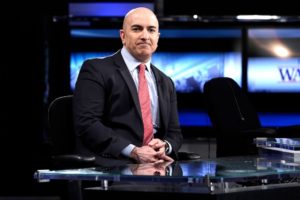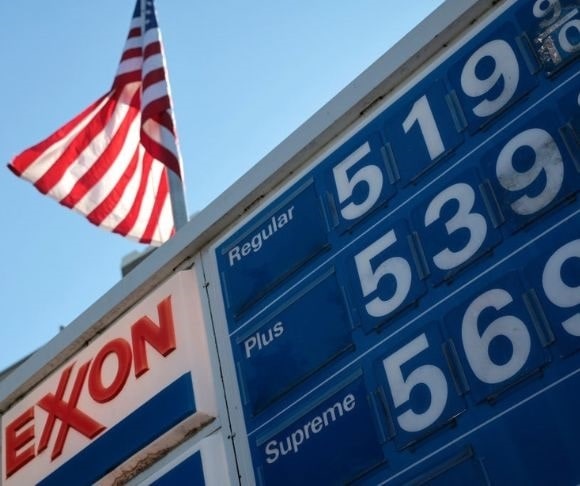April showers bring May flowers? President Joe Biden hopes this will be the case on the inflation front after the consumer price index (CPI) remained at a 40-year high. The US annual inflation rate dipped to 8.3% last month, higher than the market forecast of 8.1%. Core inflation, which strips the volatile food and energy sectors, was also higher than economists anticipated, clocking in at 6.2%.
What made the monthly cost-of-living report nauseating and depressing was that nearly everything increased again, especially for goods and services the public needs. Food prices soared 9.4%, gasoline surged 43.6%, electricity climbed 11%, and shelter costs rose by 5.1%. Suffice it to say, inflation was everywhere yet again. How much longer can the American people endure this post-pandemic economy?
Fasten Your Seatbelts
 Many scenarios could unfold over the next several months. They are not good for any red-blooded and penny-pinching American, except perhaps the Republican Party’s mid-term election odds later this year.
Many scenarios could unfold over the next several months. They are not good for any red-blooded and penny-pinching American, except perhaps the Republican Party’s mid-term election odds later this year.
The first is that Bidenflation will be sticky, meaning that today’s hot prices might have peaked, but they will be prevalent and remain a lot longer than the establishment expected. The second is that price inflation comes down, thanks to the Federal Reserve’s higher interest rates, but the central bank ignites a recession in the process. The third is that the Fed is behind the curve, loses control of inflation, and the US economy enters into a period of stagflation – a blend of stagnant growth and higher inflation.
Of course, there is the possibility that the White House and the Eccles Building successfully slay inflation, the economy expands beyond 2% moving forward, and the country moves on from the pain and agony. However, unfortunately for the Democrats, nobody serious on Wall Street is expecting this to happen.
In a research note, the Bank of America wrote that China’s COVID-19 lockdowns and supply chain hiccups could add to commodity prices moving forward. ING thinks the United States is past the peak of inflation. Comerica Bank avers that there is plenty of “evidence that inflation’s momentum is still strong.” Economists at TD Securities had this blunt warning in a note to clients: “The report should be of concern for the Fed given price gains in the core segment appear to be spreading, and not only contained within the shelter category.”

(Photo by John Lamparski/Getty Images)
Minneapolis Fed Bank President Neel Kashkari told CNBC that he is “confident” the central bank can bring inflation down to its 2% target rate, acknowledging that it could be a slow and painful process. Cleveland Fed Bank President Loretta Mester questioned if the institution will need to pull the trigger on a 75-basis-point rate hike if inflation does not subside considerably. But the Fed’s fatal conceit is that the neutral rate – a rate that neither spurs nor restricts growth – will be increased to around 2.4%, even though there is no way the group can determine what the actual figure is for the economy.
The Atlanta Fed Bank GDPNow model has already been lowered to 1.8% in the second quarter, down from the previous reading of 2.2%. Goldman Sachs’ recession odds are still at 35%, while two CNBC surveys show that 80% of Americans and small business owners think an economic downturn will occur this year. Either way, economist Mohamed El-Erian was right when he averred in an interview with CNBC following the latest CPI report: The US economy is inching closer to a cost-of-living crisis.
Will May Be Better?
Energy commodities are soaring again, fertilizer shortages are wreaking havoc on food production, and the global supply chain crisis is not abating. While many economists and market analysts had hoped the April CPI would ease considerably, they are now betting all their hopes and dreams on the May headline figure. Indeed, a lot can change between now and the end of the month. However, at this pace, it appears next month’s consumer prices will stay hot. President Joe Biden says he can “taste” America’s frustration. That’s all well and good for him, but it is too bad that many Americans are struggling to taste anything at the dinner table thanks to the cost-of-living crisis.




